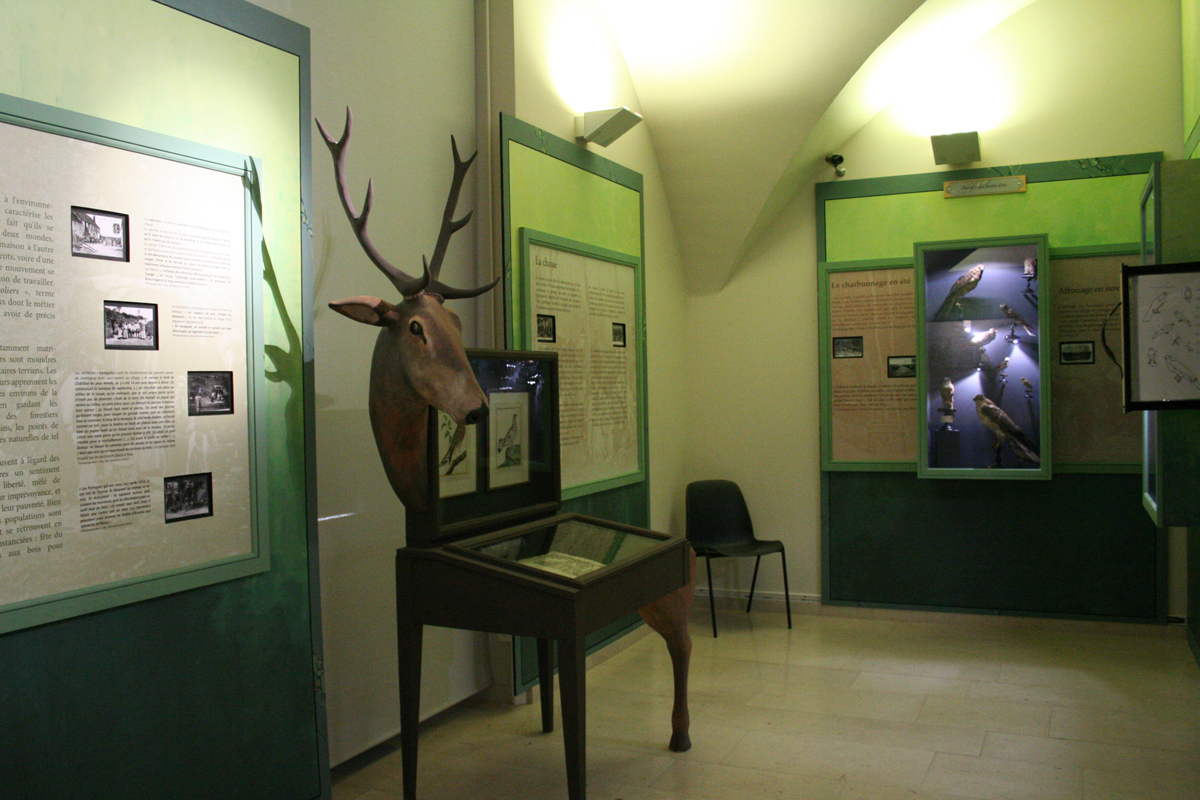Cabinet E7
In the 19th century, the forest was a populated environment where a mosaic of activities took place. Lumberjacks “baraqued” in the clearings, and charcoal burners “raised” their kilns. Clog makers practiced their craft right in the village square, hoop makers cut hazel branches to “make hoops for barrels” or “ties for the harvest” (Petot, 2002), tanners collected bark, and hunting and gathering continued.
The forest communities absorbed newcomers from Morvan, Auvergne, Portugal, Spain, and Italy, adopting some of their cultural practices. The forest thus served as an open gateway to the outside world.
Today, the exceptional nature of this forest massif is highlighted by the project to create the “Champagne and Burgundy Forests” national park.


